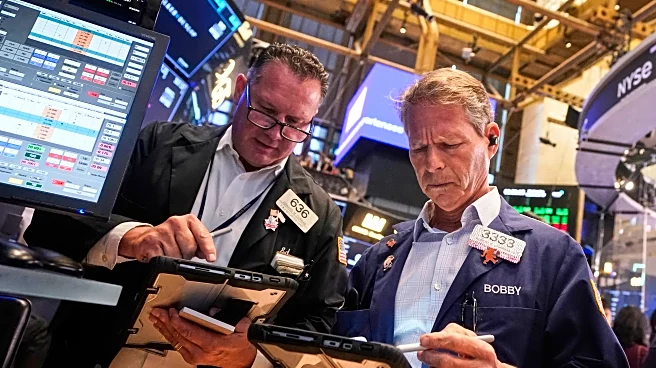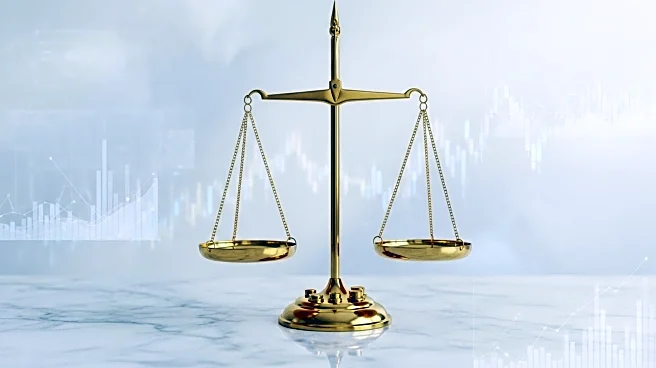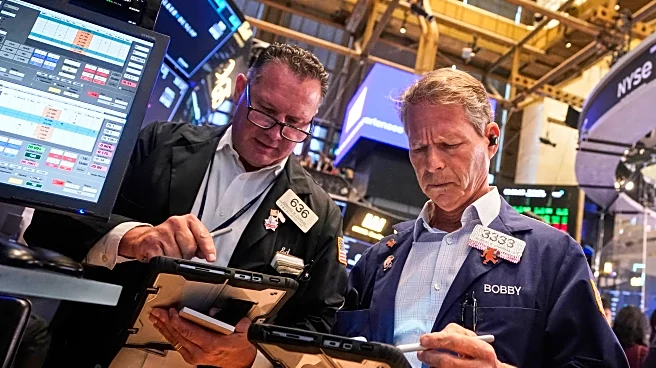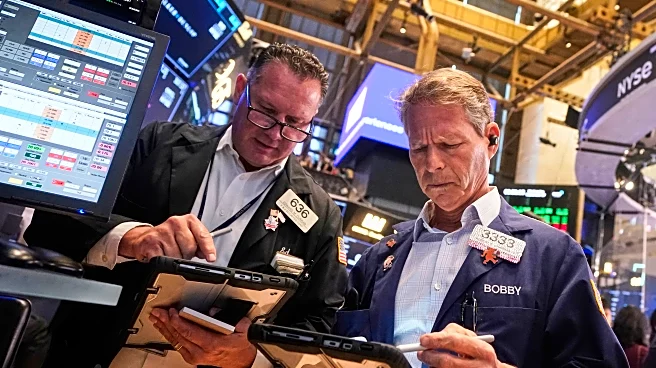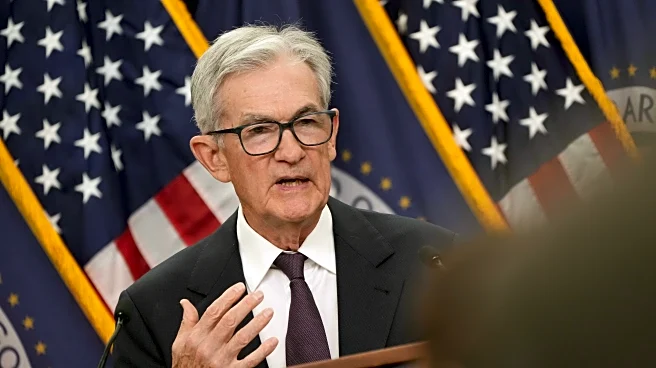What's Happening?
Jim Cramer, a CNBC commentator, has identified a significant divide in the current U.S. economy, driven by the contrasting fortunes of the artificial intelligence (AI) sector and consumer-oriented industries. While the AI sector, buoyed by major investments and partnerships, continues to thrive, consumer sectors such as autos, housing, and retail are struggling. Cramer points to recent disappointing earnings reports from companies like CarMax and KB Home, as well as Starbucks' decision to reduce its store count and workforce. He argues that while the AI economy is largely unaffected by interest rates, consumer sectors are in need of rate cuts to stimulate growth.
Why It's Important?
Cramer's analysis underscores the growing economic disparity between tech-driven industries and traditional consumer sectors. The AI boom, characterized by substantial investments and technological advancements, is reshaping market dynamics and contributing to economic growth. However, the struggles faced by consumer sectors highlight the challenges of maintaining balanced economic development. This divide has implications for policymakers, investors, and businesses, as it may influence future monetary policy decisions and investment strategies.
Beyond the Headlines
The economic divide highlighted by Cramer raises questions about the long-term sustainability of growth driven by AI and technology. As AI companies continue to expand, there may be broader implications for employment and income distribution. The reliance on AI could lead to structural changes in the labor market, potentially exacerbating economic inequality. Policymakers may need to consider strategies to support consumer sectors and ensure inclusive economic growth.



